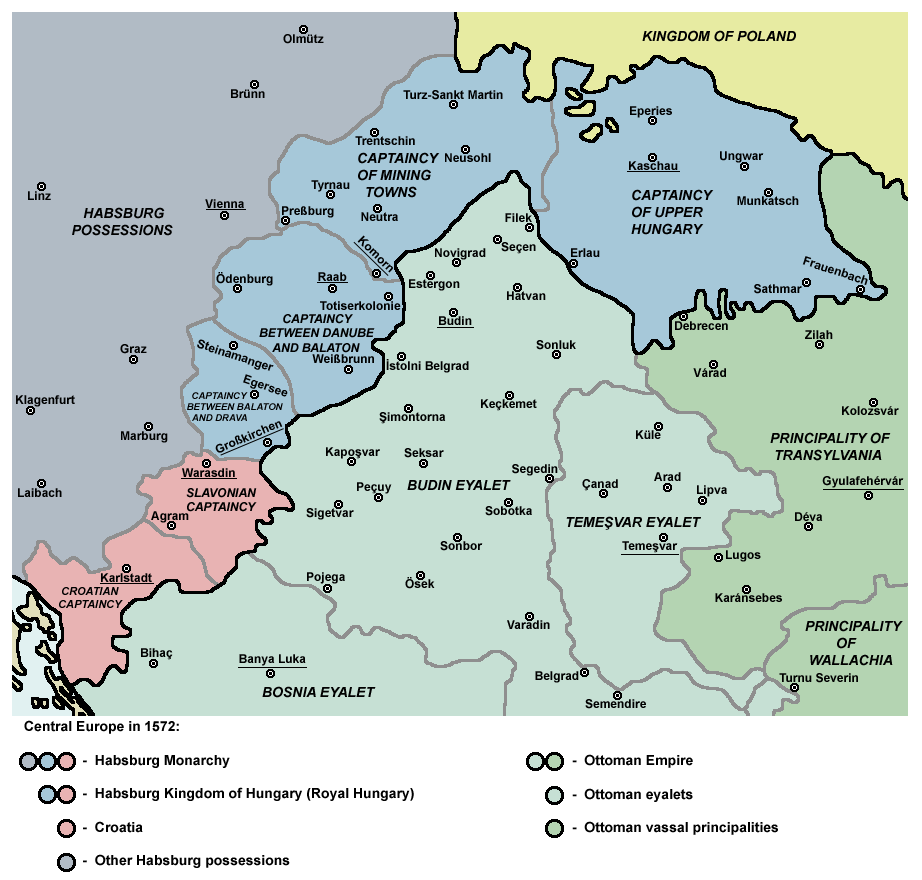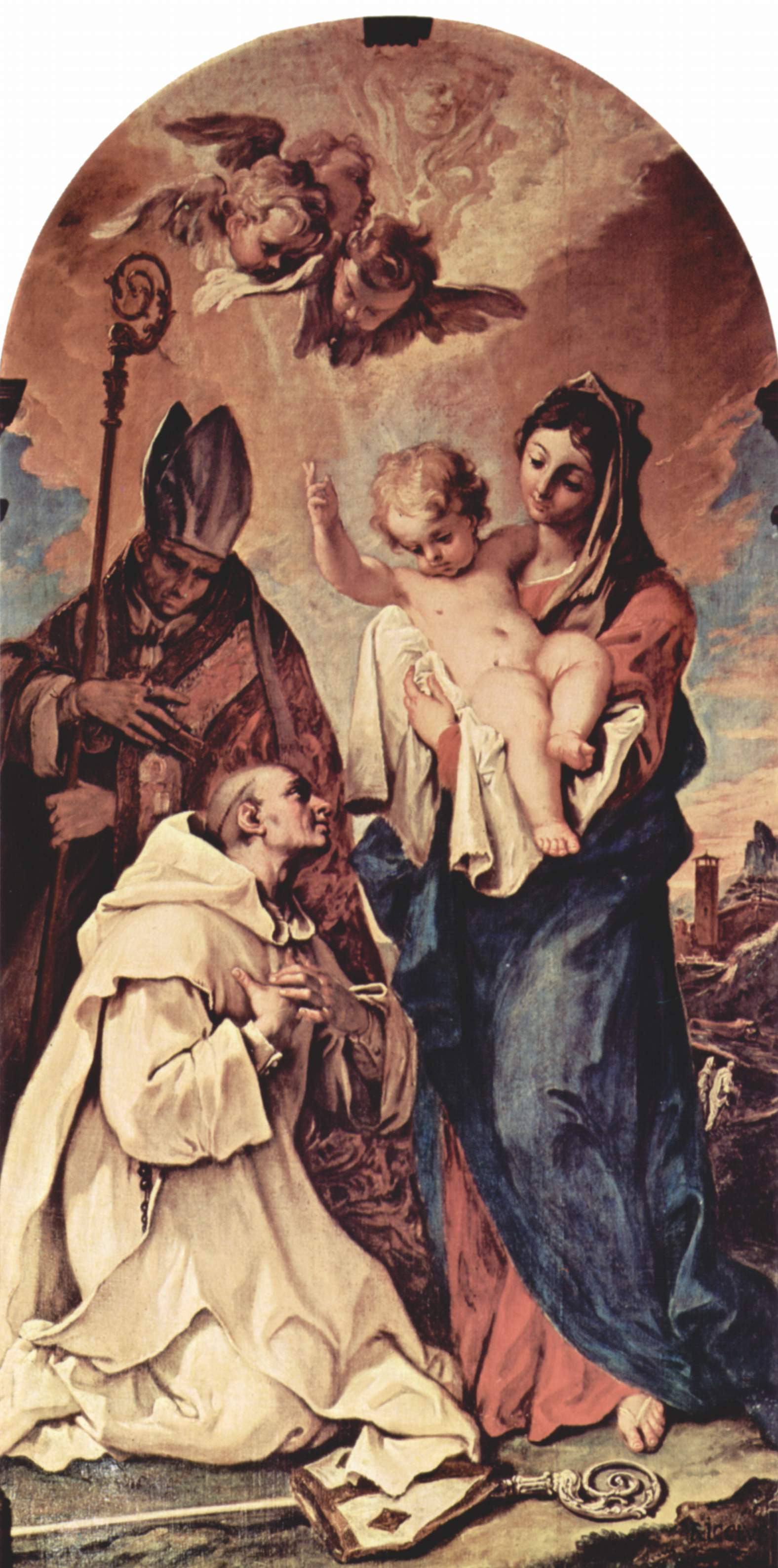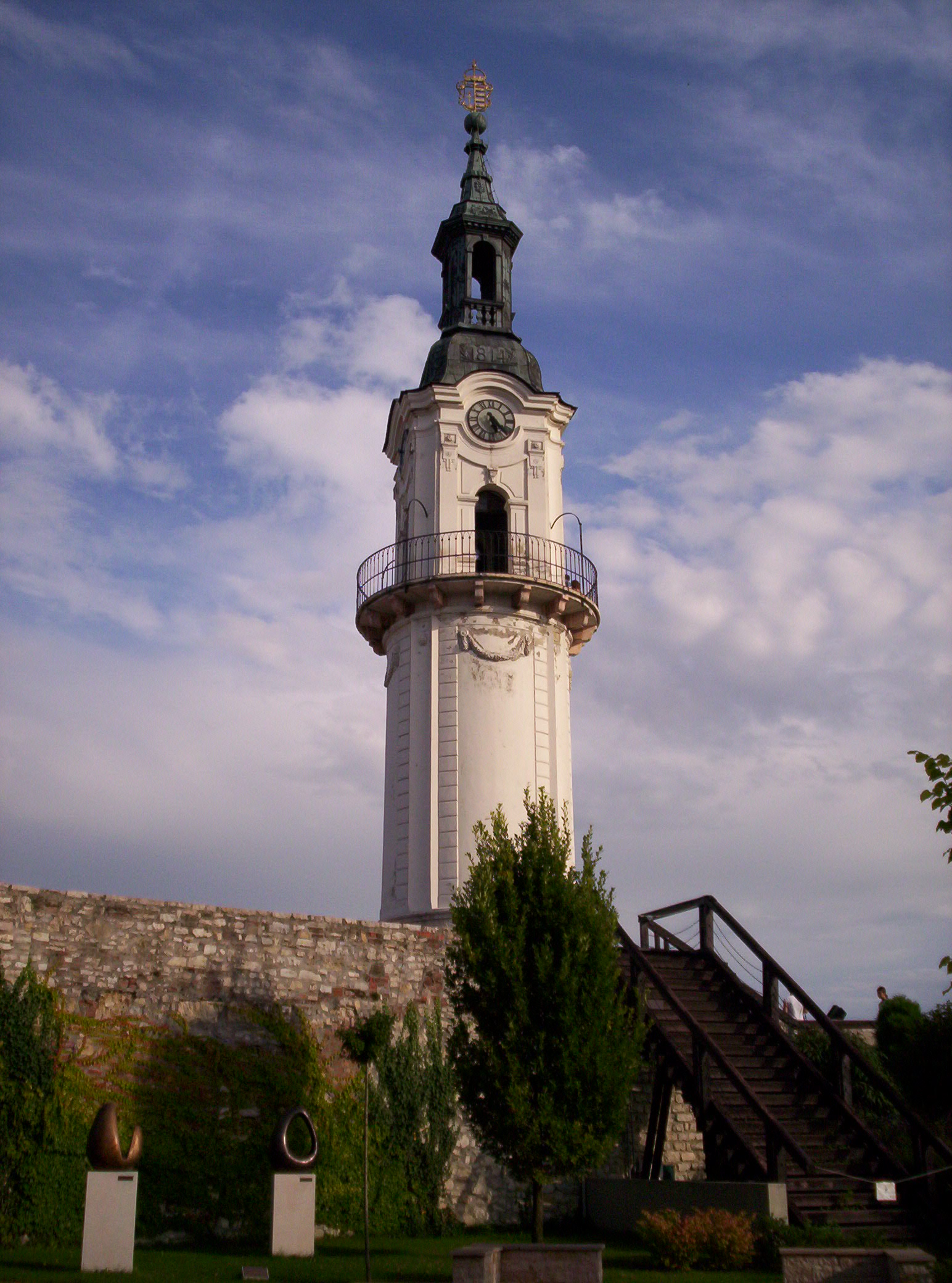|
Balatonudvari
Balatonudvari is a village in Veszprém county. Location Balatonudvari is situated by the shore of Lake Balaton, between Örvényes and Balatonakali, to the west of the Tihany Peninsula. History After the founding of the state, it was the property of the Hungarian kings, but in a record from 1164, it is referred to as the possession of the Atyuz Clan. In 1211, the Tihany Abbey had 6 households here. Properties were donated to the episcopate and chapter of Veszprém and to the Carthusian Monastery of Lövöld as well. Though the village had been ruined several times during the 150 years of Turkish rule, it was still an inhabited place with some 15 years of interruptions throughout all this time. Tourist sights There is a graveyard in Balatonudvari where heart-shaped tombstones can be found. These tombstones are made of white marble. Presumably, the tombstones are made between 1808 and 1840, although some of the signs became unreadable through the passing of the time. He ... [...More Info...] [...Related Items...] OR: [Wikipedia] [Google] [Baidu] |
Lake Balaton
Lake Balaton () is a freshwater lake in the Transdanubian region of Hungary. It is the largest lake in Central Europe, and one of the region's foremost tourist destinations. The Zala River provides the largest inflow of water to the lake, and the canalised Sió is the only outflow. The mountainous region of the northern shore is known both for its historic character and as a major wine region, while the flat southern shore is known for its resort towns. Balatonfüred and Hévíz developed early as resorts for the wealthy, but it was not until the late 19th century when landowners, ruined by '' Phylloxera'' attacking their grape vines, began building summer homes to rent out to the burgeoning middle classes. Name In distinction to all other Hungarian endonyms for lakes, which universally bear the suffix ''-tó'' 'lake', Lake Balaton is referred to in Hungarian with a definite article; that is, ''a Balaton'' 'the Balaton'. It was called ''lacus Pelsodis'' or ''Pelso'' by th ... [...More Info...] [...Related Items...] OR: [Wikipedia] [Google] [Baidu] |
Countries Of The World
The following is a list providing an overview of sovereign states around the world with information on their status and recognition of their sovereignty. The 206 listed states can be divided into three categories based on membership within the United Nations System: 193 UN member states, 2 UN General Assembly non-member observer states, and 11 other states. The ''sovereignty dispute'' column indicates states having undisputed sovereignty (188 states, of which there are 187 UN member states and 1 UN General Assembly non-member observer state), states having disputed sovereignty (16 states, of which there are 6 UN member states, 1 UN General Assembly non-member observer state, and 9 de facto states), and states having a special political status (2 states, both in free association with New Zealand). Compiling a list such as this can be a complicated and controversial process, as there is no definition that is binding on all the members of the community of nations conc ... [...More Info...] [...Related Items...] OR: [Wikipedia] [Google] [Baidu] |
Hungarian Kings
This is a list of Hungarian monarchs, that includes the grand princes (895–1000) and the kings and ruling queens of Hungary (1000–1918). The Principality of Hungary established 895 or 896, following the 9th-century Hungarian conquest of the Carpathian Basin. The Kingdom of Hungary existed from 1000 (or arguably from 1001; the coronation of Saint Stephen) until 1918 (when Charles IV "renounced participation" in state affairs, but did not abdicate). The Árpád dynasty, the male-line descendants of Grand Prince Árpád, ruled Hungary continuously from 895 to 1301. Semi-legendary rulers before the Conquest Grand Princes of Hungary House of Árpád ''The king-list for the first half of the 10th century is often disputed, as the Hungarian nation consisted of several tribes led by various leaders. The most frequently proposed list is:'' Kings of Hungary House of Árpád (1000–1301) House of Přemyslid (1301–1305) House of Wittelsbach (1305–1307) Hou ... [...More Info...] [...Related Items...] OR: [Wikipedia] [Google] [Baidu] |
Heart-shaped Tombstones In Balatonudvari
The heart symbol is an ideograph used to express the idea of the "heart" in its metaphorical or symbolic sense. Represented by an anatomically inaccurate shape, the heart symbol is often used to represent the center of emotion, including affection and love, especially romantic love. It is sometimes accompanied or superseded by the "wounded heart" symbol, depicted as a heart symbol pierced with an arrow or as a heart symbol "broken" into two or more pieces, indicating lovesickness. History Similar shapes from antiquity Peepal leaves were used in artistic depictions of the Indus Valley civilisation: a heart-shaped pendant originating from there has been discovered and is now exhibited in the Delhi national museum. In the 5th–6th century BC, the heart shape was used to represent the heart-shaped fruit of the plant silphium, a plant possibly used as a contraceptive and an aphrodisiac. [...More Info...] [...Related Items...] OR: [Wikipedia] [Google] [Baidu] |
Ottoman Hungary
Ottoman Hungary ( hu, Török hódoltság) was the southern and central parts of what had been the Kingdom of Hungary in the late medieval period, which were conquered and ruled by the Ottoman Empire from 1541 to 1699. The Ottoman rule covered almost the entire region of the Great Hungarian Plain (except the northeastern parts) and Southern Transdanubia. The territory was invaded and annexed to the Ottoman Empire by Sultan Suleiman the Magnificent between 1521 and 1541. The north-western rim of the Hungarian kingdom remained unconquered and recognised members of the House of Habsburg as Kings of Hungary, giving it the name "Royal Hungary". The boundary between the two thereupon became the frontline in the Ottoman–Habsburg wars over the next 150 years. Following the defeat of the Ottomans in the Great Turkish War, most of Ottoman Hungary was ceded to the Habsburgs under the Treaty of Karlowitz in 1699. During the period of Ottoman rule, Hungary was divided for administrative ... [...More Info...] [...Related Items...] OR: [Wikipedia] [Google] [Baidu] |
Carthusian
The Carthusians, also known as the Order of Carthusians ( la, Ordo Cartusiensis), are a Latin enclosed religious order of the Catholic Church. The order was founded by Bruno of Cologne in 1084 and includes both monks and nuns. The order has its own rule, called the ''Statutes'', and their life combines both eremitical and cenobitic monasticism. The motto of the Carthusians is , Latin for "The Cross is steady while the world turns." The Carthusians retain a unique form of liturgy known as the Carthusian Rite. The name ''Carthusian'' is derived from the Chartreuse Mountains in the French Prealps: Bruno built his first hermitage in a valley of these mountains. These names were adapted to the English '' charterhouse'', meaning a Carthusian monastery.; french: Chartreuse; german: Kartause; it, Certosa; pl, Kartuzja; es, Cartuja Today, there are 23 charterhouses, 18 for monks and 5 for nuns. The alcoholic cordial Chartreuse has been produced by the monks of Grande Chart ... [...More Info...] [...Related Items...] OR: [Wikipedia] [Google] [Baidu] |
Veszprém
Veszprém (; german: Weißbrunn, sl, Belomost) is one of the oldest urban areas in Hungary, and a city with county rights. It lies approximately north of the Lake Balaton. It is the administrative center of the county ( comitatus or 'megye') of the same name. Etymology The name of the city originates from a Slavic personal name ''Bezprem'' or '' Bezprym'' ( Proto-Slavic ''Bezprěmъ'') meaning "stubborn", "self-confident, not willing to retreat". ''Besprem'' (before 1002), ''Vezprem'' (1086), ''Bezpremensis'' (1109). The form ''Vezprem'' originates in early medieval scribal habits and frequent exchange of ''B'' and ''V'' under the influence of Greek. The city was named either after a chieftain, or the son of Judith of Hungary, who settled here after her husband Boleslaus I of Poland expelled her and her son. Location and legend The city can be reached via the M7 highway and Road 8. It can also be reached from Győr via Road 82 and from Székesfehérvár via Road 8. A ... [...More Info...] [...Related Items...] OR: [Wikipedia] [Google] [Baidu] |
Episcopate
A bishop is an ordained clergy member who is entrusted with a position of Episcopal polity, authority and oversight in a religious institution. In Christianity, bishops are normally responsible for the governance of dioceses. The role or office of bishop is called episcopacy. Organizationally, several Christian denominations utilize ecclesiastical structures that call for the position of bishops, while other denominations have dispensed with this office, seeing it as a symbol of power. Bishops have also exercised political authority. Traditionally, bishops claim apostolic succession, a direct historical lineage dating back to the original Twelve Apostles or Saint Paul. The bishops are by doctrine understood as those who possess the full Priest#Christianity, priesthood given by Jesus in Christianity, Jesus Christ, and therefore may ordain other clergy, including other bishops. A person ordained as a deacon, priest (i.e. presbyter), and then bishop is understood to hold the fulln ... [...More Info...] [...Related Items...] OR: [Wikipedia] [Google] [Baidu] |
Tihany Abbey
The Tihany Abbey is a Benedictine monastery established in Tihany in the Kingdom of Hungary in 1055. Its patrons are the Virgin Mary and Saint Aignan of Orleans. Foundation The Benedictine monastery in Tihany was established in 1055 by King Andrew I of Hungary (r. 1046–1060). It was dedicated to the Holy Virgin and to Saint Bishop Aignan of Orleans. King Andrew was buried in the church of the monastery in 1060. His tomb in the crypt of the church is the only grave of a medieval King of Hungary which has been preserved up until now. The church's ceiling is decorated with frescoes by Károly Lotz, depicting Faith, Hope and Love. Gallery Tihany drón panoráma.jpg Tihany, Apátság 4.jpg A tihanyi apátság.jpg Tihanycivertanlegi2.jpg Tihanycivertanlegi6.jpg Tihanycivertanlegi4.jpg Tihanycivertanlegi5.jpg Interior of Tihany Abbey.JPG Apátsági templom (10483. számú műemlék) 6.jpg See also * Establishing charter of the abbey of Tihany References Sources * * ... [...More Info...] [...Related Items...] OR: [Wikipedia] [Google] [Baidu] |
Balatonakali
Balatonakali () is a village in Veszprém county, Hungary Hungary ( hu, Magyarország ) is a landlocked country in Central Europe. Spanning of the Carpathian Basin, it is bordered by Slovakia to the north, Ukraine to the northeast, Romania to the east and southeast, Serbia to the south, Croa .... External links Street map (Hungarian) References Populated places in Veszprém County {{Veszprem-geo-stub ... [...More Info...] [...Related Items...] OR: [Wikipedia] [Google] [Baidu] |
Tihany
Tihany /ˈtihɒɲ/ is a village on the northern shore of Lake Balaton on the Tihany Peninsula (Hungary, Veszprém County). The whole peninsula is a historical district. The center of the district is the Benedictine Tihany Abbey, which was founded in 1055 AD by András (Andrew) I, who is buried in the crypt. The founding charter of this abbey is the first extant record of Hungarian language, preserved in Pannonhalma Benedictine Archabbey. The church itself was rebuilt in baroque style in 1754. The still functioning abbey is a popular tourist attraction due to its historical and artistic significance. It also has the best view of Lake Balaton. The abbey also features as a footnote in Habsburg history - the last Habsburg Emperor of Austria, Charles I was briefly held prisoner here following his second attempt to regain the throne of Hungary. He was subsequently handed over to the British. Tihany is famous for the echo, existing since the 18th century. There were poems written ... [...More Info...] [...Related Items...] OR: [Wikipedia] [Google] [Baidu] |
Central European Time
Central European Time (CET) is a standard time which is 1 hour ahead of Coordinated Universal Time (UTC). The time offset from UTC can be written as UTC+01:00. It is used in most parts of Europe and in a few North African countries. CET is also known as Middle European Time (MET, German: MEZ) and by colloquial names such as Amsterdam Time, Berlin Time, Brussels Time, Madrid Time, Paris Time, Rome Time, Warsaw Time or even Romance Standard Time (RST). The 15th meridian east is the central axis for UTC+01:00 in the world system of time zones. As of 2011, all member states of the European Union observe summer time (daylight saving time), from the last Sunday in March to the last Sunday in October. States within the CET area switch to Central European Summer Time (CEST, UTC+02:00) for the summer. In Africa, UTC+01:00 is called West Africa Time (WAT), where it is used by several countries, year round. Algeria, Morocco, and Tunisia also refer to it as ''Central E ... [...More Info...] [...Related Items...] OR: [Wikipedia] [Google] [Baidu] |

.jpg)






